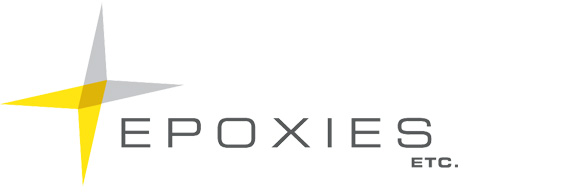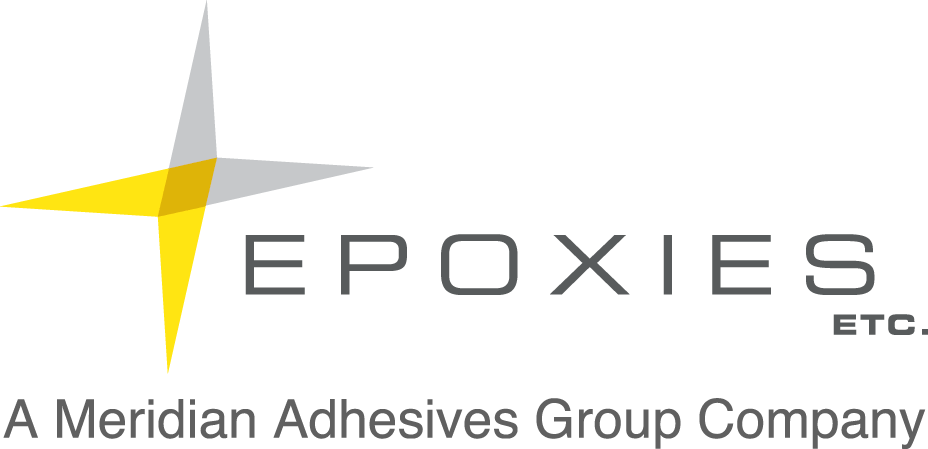Adhesives Packaged in Single-Barrel Syringes for Ease of Use
Mixing a two-component adhesive or potting compound isn’t always practical. Some applications have tiny parts that simply don’t need large volumes of adhesive. Others require only intermittent dispensing.In these cases, a two-component product’s weighing, mixing and de-airing steps may not be worth the time and trouble. What’s more, each of these preparation steps has the potential to cause mixing errors and waste.
One increasingly popular alternative to bulk mixed adhesives are adhesives packaged in single-barrel syringes. Syringe packaging eliminates the prep work associated with two-component products. Syringes can also deliver a high-quality, void-free adhesive in precision quantities—without the high capital costs of expensive meter-mix systems.
These qualities make syringe dispensing a good fit for all kinds of applications that require the bonding or potting of small, precisely-located components. Examples include wire tacking, solder repair and surface mount assembly.
We offer several types of products in single-barrel syringes. These include UV-curable resins and one-component heat cure epoxies as well as two-component adhesives that have been pre-mixed and frozen. Here’s a closer look at a few of these ready-to-use products:
- UV Curable Illumabond adhesives are room temperature stable compounds that instantly cure when exposed to UV light. They’re packaged in UV-protected black syringes for automated assemblies and individual work stations. 60-7158 is a popular choice because of its adhesion to many substrates.
- One-component, heat cured epoxies also remain stable at room temperature so the user can dispense without pot life concerns, and cure with heat greater than 80°C. 50-3122 is thermally conductive and exhibits outstanding strength over a wide temperature range.
- Pre-mixed and frozen epoxies are packaged in a syringe for ease of use. Stored at -40°C, this packaging option offers a product that’s already mixed, void-free and curable at room or a slightly elevated temperature. Once thawed, the epoxy is ready for dispensing.





